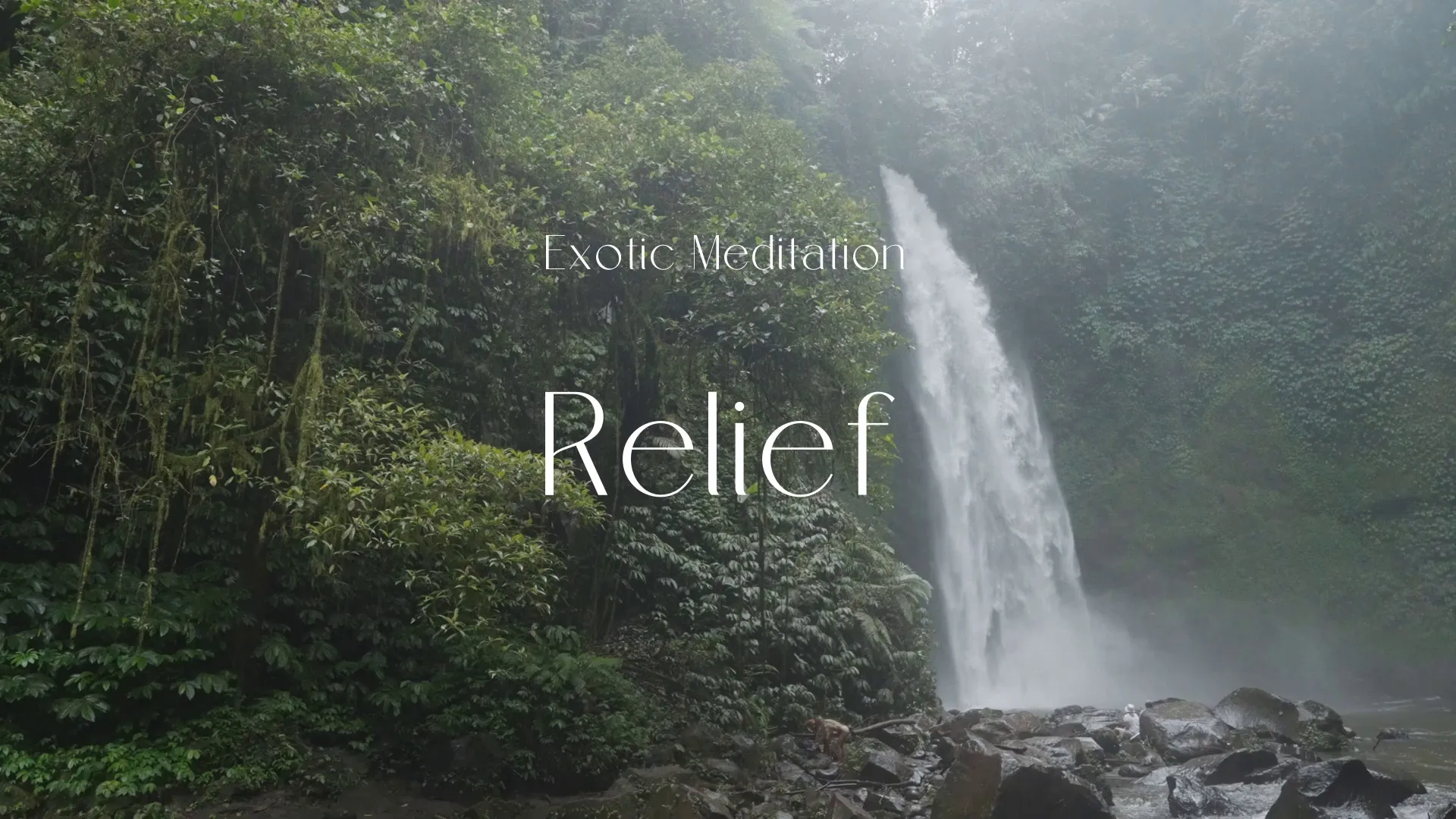Breaking the Rules: When 'Clean Code' Hurts Game Development
Let’s talk about breaking some rules. Specifically, the seemingly unbreakable rules of “clean code” in game development. Are we, in our quest for pristine, easily maintainable code, inadvertently stifling the very creativity and experimentation that fuels innovation? I’m here to argue that we are.
1. The Golden Cage of Clean Code: Why It’s Holding Back Your Game
Imagine a master chef, meticulously following a recipe, afraid to deviate, to experiment with a dash of this or a pinch of that. That chef might produce consistently edible food, but never a culinary masterpiece. “Clean code,” in its most rigid interpretations, can become that recipe, a golden cage for game developers. We become so focused on adhering to SOLID principles, design patterns, and coding conventions that we forget the core goal: creating a fun, engaging, and unique game experience.
This isn’t to say that code quality doesn’t matter. It absolutely does. But in game development, the pursuit of perfect, textbook-definition “clean code” can often be at odds with the iterative, experimental nature of game design. It can lead to over-engineering, premature optimization, and a reluctance to “hack” or prototype quickly.
2. The Illusion of Perfect Readability: Code Only a Machine Could Love
One of the primary arguments for clean code is improved readability. The idea is that code should be self-documenting, easy for other developers (or your future self) to understand. However, the reality in game development is often far more complex. A highly optimized rendering pipeline, a custom physics engine, or even just the intricate logic of a specific game mechanic can be inherently difficult to understand, regardless of how “cleanly” it’s written.
The quest for perfect readability can lead to code that is overly verbose, abstract, and indirect. Consider a complex AI system. Trying to force it into a rigid, object-oriented structure might result in a convoluted mess of classes and interfaces that obscure the underlying algorithms. A more direct, perhaps even “hacky,” implementation might be easier to understand and maintain in the long run, even if it violates some clean code principles. The aim should be creating code that is understandable, not just readable according to an arbitrary standard.
3. Prototyping Paralysis: When “Clean” Kills Innovation Before It Starts
Game development is, at its heart, an iterative process. Ideas are born, prototypes are built, tested, and then either refined or scrapped. This rapid prototyping phase is crucial for exploring new mechanics, experimenting with different gameplay styles, and discovering the “fun factor” of a game.
The problem is that writing “clean code” takes time and effort. It requires careful planning, design, and implementation. If you’re spending hours meticulously crafting a perfectly architected class for a mechanic that might be discarded in a week, you’re wasting valuable time. This can lead to “prototyping paralysis,” where developers are hesitant to experiment freely because they’re afraid of creating “dirty” code.
Instead, embrace the mess! Let your prototypes be messy, hacky, and imperfect. Focus on getting the core mechanics working quickly and efficiently. You can always refactor and clean up the code later, if the mechanic proves to be worthwhile.
4. The Premature Optimization Trap: Wasting Time on Problems That Don’t Exist
Clean code principles often encourage optimization, advocating for efficient algorithms, data structures, and memory management. While performance is certainly important in game development, premature optimization can be a huge time sink.
It’s tempting to spend hours optimizing a piece of code that you think might be a bottleneck, only to discover later that it has a negligible impact on performance. Or worse, you might introduce bugs or complexity while trying to optimize code that was already “good enough.”
Instead, focus on profiling your game and identifying the actual performance bottlenecks. Use tools like profilers to pinpoint the areas where your game is spending the most time. Then, and only then, should you start optimizing. Remember the famous quote by Donald Knuth: “Premature optimization is the root of all evil.”
5. The Abstraction Addiction: Creating Layers of Complexity for No Reason
Abstraction is a powerful tool in software development. It allows you to hide complexity, create reusable components, and make your code more modular. However, in game development, abstraction can often be taken too far, leading to unnecessary layers of complexity.
Imagine building a simple enemy AI. You might be tempted to create an abstract “AIController” class with various subclasses for different enemy types. But if all of your enemy types have very similar behavior, this abstraction might be overkill. It would lead to more code, more classes, and more complexity, without providing any real benefit.
Create a free account, or log in.
Gain access to free articles, game development tools, and game assets.























